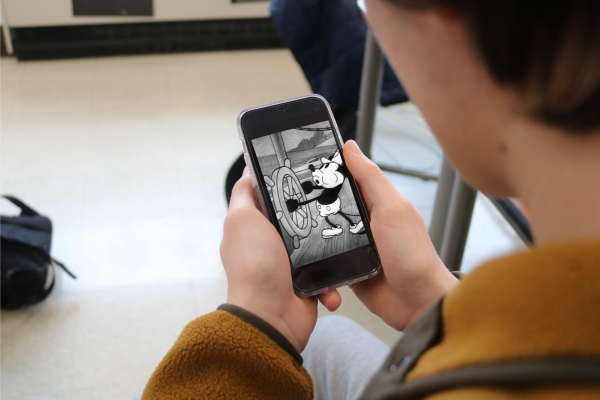No Two Decisions Are The Same
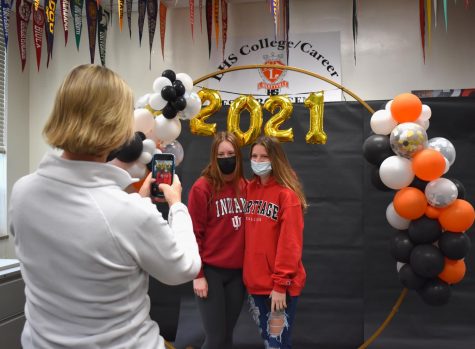
Ask any high school senior, and they will probably tell you they’ve received advice to just “go with their gut” when choosing a college to attend. And for senior Robbie Delatorre, that’s exactly what his decision came down to.
“The campus feel had a huge impact [on the decision]. But another thing that had a huge impact was [thinking], ‘What did I feel when I thought about the college?’’’ he said.
Delatorre decided to attend Butler University. This school, he explained, is the perfect size for him, since he wanted a mid-sized school. Most importantly for him, the school felt like home. He described walking around campus for the first time and seeing lots of students outside, and they were very welcoming.
Delatorre noted that touring campuses was one of the most beneficial steps he took in his selection process. Seeing the size of the campus and getting a feel for the culture helped him make his final decision. Delatorre was lucky, he explained, to know a current Butler student, so he was also able to get a more personalized tour of the campus.
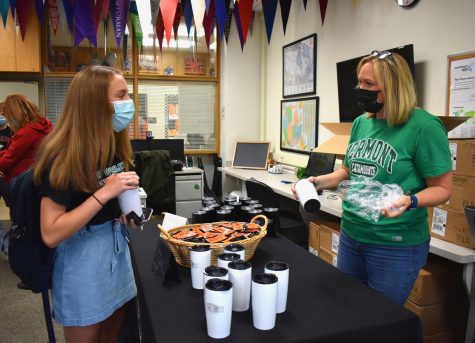
The college selection process can be an overwhelming time for seniors — having to balance what can feel like the biggest decision of their life with school work and their personal lives — but the satisfaction of having made a decision can make it all worth it. Everyone is different, so students find certain factors more important than others when making their college decisions.
One of the most common factors that LHS’s college and career counselor Amy Belstra has noticed playing a large role in students’ decisions this year is cost. Business Insider found that for the 2018-19 school year, the average cost of attendance — which includes tuition, room and board, textbooks, transportation and other miscellaneous expenses — at an out-of-state school was $27,383. With the pandemic’s overall negative impact on financial security, the cost of college has been a more important deciding factor this year.
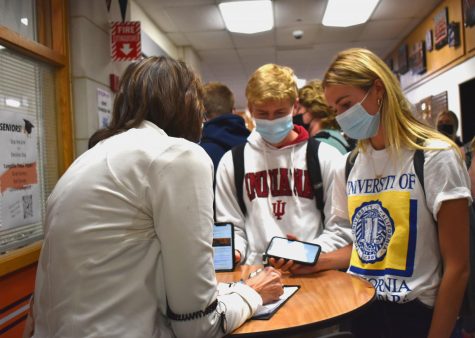
Ms. Belstra also noted that distance has had a significant influence on seniors’ decisions. For example, senior Katie Borowiec wanted a school close to home, and she ultimately chose DePaul University.
“Being the youngest and having all my other siblings already gone to college, I kind of wanted to stay by for my parents,” she said.
When first searching for schools to apply to, Borowiec shared that she didn’t really take distance into account. She applied to schools on the East Coast out of impulse, she explained, without taking into account how she would get back and forth to those schools.
As Borowiec started narrowing down on schools closer to home, she began looking for colleges that had good speech pathology programs, since that’s what she plans to major in, and were a reasonable price, especially since Borowiec has older siblings in college.
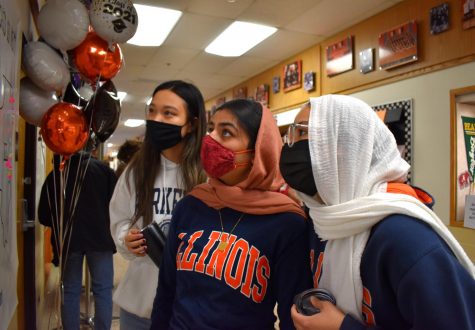
Another thing she took into account was the area surrounding the schools she was looking at. What she loved about DePaul was its location in downtown Chicago. Borowiec explained that she wants to live in an urban environment after college, and college is a good time for her to experience living in the city while still having the comfort of a college campus.
What it all came down to was how Borowiec felt being accepted to different schools.
“When I got accepted into other colleges…I was happy about it, but I wasn’t ecstatic like I was for DePaul,” she said. “So that’s just when I knew that was a decision I wanted to make. It all just depended on how I really felt.”
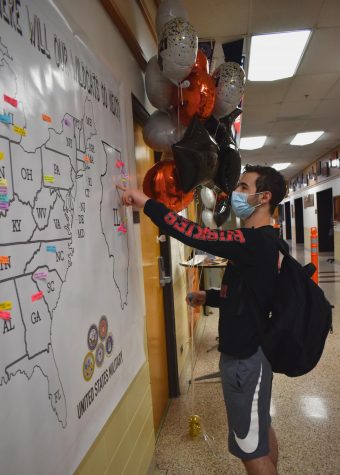
For senior Maggie Vickers, the first thing she looked for in a school was a good cheer program since she planned to cheer in college. Once she had identified schools that fit that criteria, she started narrowing that list down to colleges with a good astronomy program.
After Vickers finished the list of schools, she began to evaluate each school, mainly based on its location and campus. Once she had applied and been accepted to some schools, she started looking more in depth at each college.
“[After being accepted], I looked more at class sizes and what their dorms were like and their food,” Vickers said. “I looked at how much it costs, and any scholarships I could get there.”
Ultimately, she decided to attend the University of Washington after seeing a video of the campus, which she fell in love with. UW checked all her boxes, she shared.
“It has like a really, really good astronomy program. It’s right in Seattle, and it has a good game day [for cheerleading], so I was like, ‘Oh, this is really nice,’” Vickers explained.
Before she narrowed her choices down, Vickers shared that she would use the location feature on Instagram to see photos of dorm rooms and the campus. Though virtual tours of dorm rooms are available, real photos of the spaces can help give a better representation of what the room is like.

Senior Calvin Blohm found that it was helpful to see the campus in person to get a feel for the school — something he couldn’t get through photos or virtual tours.
“I was lucky enough this year, all of the colleges that were on my final list had modified guided tours,” Blohm said. “Those are definitely important because when you’re actually on the campus, you can actually see…how people are spending their time.”
When Blohm first started applying to schools, he had three main criteria that he looked for: a location in a city, a good business program (since that’s what he plans to study) and a Big 10 school. The University of Minnesota checked all those boxes for him.
Blohm’s only regret in his college process is that he didn’t start it sooner. He shared that though he made a list of schools he wanted to apply to early on in the process, he wished that he had started filling out applications and writing essays earlier.
Similarly, even though senior Leenah Ehsan has been looking at colleges all throughout high school, she still wishes she had started the application process earlier. She ultimately decided to attend Lake Forest College, but that school wasn’t on her radar until about two months ago.
Ehsan plans to commute from home, so distance was one of the most important factors in her decision. Ehsan also liked the size of Lake Forest College, since it’s similar to the size of Libertyville High School.
Another factor she considered was the quality of the program she’s interested in. She’s impressed by the school’s health professional program, and she plans to pursue a career in the medical field.
While a school’s academic reputation is often a factor for students in the decision process, Ms. Belstra advised against considering it at all.
“I always try to take the prestige factor out as best I can so that students are really looking at what’s best for [them]. Not what’s best for the bumper of [their] car…that doesn’t matter. Nobody cares,” she said.
She also encouraged students to take a step back from looking at the basic, controllable factors such as distance and programs and instead look at themselves. It’s important to ask questions like, “Who am I as a person?,” “What’s important to me?,” “What kind of learner am I?,” “How would I benefit from a smaller school as opposed to a larger school?” These questions, Ms. Belstra explained, will help a student find a school that best fits their needs.



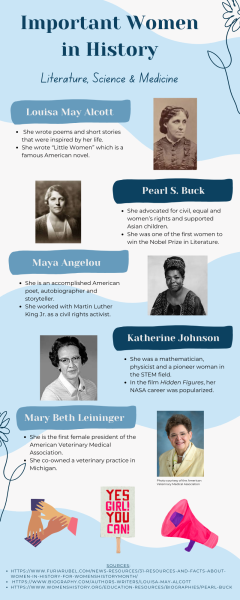
![Mr. Scott Brzezinski poses for a photo while working at ShurWay Moving in Libertyville where his cousin Mr. Eric Brzezinski also works. He appreciates that LHS prepares students for their future by providing a variety of opportunities. “[There are] a lot of different resources that LHS has between colleges and counselors,” he said. (Photo courtesy of Mr. Scott Brzezinski)](https://www.lhsdoi.com/wp-content/uploads/2025/02/Mr.-Scott-Brzezinski-Photo-2-600x600.jpg)
